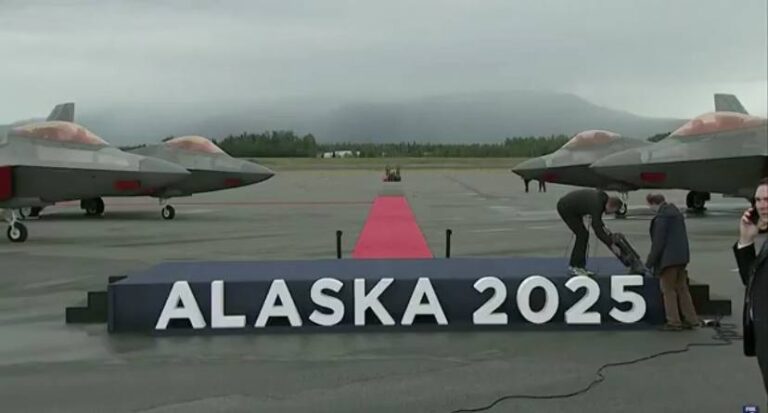Historical Backdrop: U.S. and Russia Through the Cold War Lens
The United States and Russia share a complex history—from the Russian Empire’s sale of Alaska in 1867 to the Cold War standoff that shaped global strategy. Even during World War II, Alaska played a critical logistical role as the hub of the lend-lease supply line to the Soviet Union. After the Soviet collapse, ties thawed, but Russia’s 2022 invasion of Ukraine reignited tensions and returned the two powers to near–Cold War posturing.
The Summit: High Drama, Low Dividend
On August 16, 2025, at Joint Base Elmendorf-Richardson in Anchorage, Alaska, U.S. President Donald Trump hosted Russian President Vladimir Putin in what became a highly choreographed summit. The red-carpet welcome, military flyover by F-35s and B-2 bombers, and joint limousine ride symbolized grandeur—yet substantive progress was elusive.
Both leaders spoke briefly to the media: Trump praised the "extremely productive meeting" but conceded, “There's no deal until there's a deal.” Putin, meanwhile, set conditions—demanding the removal of Ukraine’s NATO prospects and other “primary causes” before agreeing to peace. No ceasefire was reached.
Outcome: Putin’s Strategic Gain, America’s Missed Chance
The summit’s optics favored Putin. His presence on U.S. soil, elated demeanor, and deference to speak first in the press conference crafted a diplomatic win—even as battlefield realities remained unchanged.
Meanwhile, Trump’s approach raised eyebrows: critics argued that framing Ukraine as having to "make a deal" may pressure Kyiv into ceding territory. European leaders reaffirmed support for Ukraine, warning that peace built on concessions would be unstable.
Trump also hinted at delaying U.S. tariffs on Chinese and Russian oil buyers—though he did not address India specifically.
What the Summit Didn’t Cover—and What India Should Note
Putin’s firm tone during the talks was a clear message: he has already seized considerable parts of Ukraine, and he isn’t retreating. Russia shows no intention of halting its offensive unless compelled—an unmistakable ground reality.
For the United States, the summit highlighted that lavish showmanship cannot substitute for strategic leverage. Trump's nationalist “America First” posture, neglect of structural and environmental challenges, and transactional diplomacy failed to deliver real outcomes—raising doubts about long-term U.S. credibility.
India’s Position: Learning from History & Oil Strategy
India's steadfastness during previous sanctions—after its nuclear tests—demonstrated national resolve: it did not yield under pressure. Today, paying homage to such resolve, India continues expanding energy ties with Russia. Reports suggest India has purchased around 2 million barrels per day of Russian oil in the past 15 days, signaling a significant shift in supplies.
This amplifies a point for America: India isn’t easily swayed by apologies, sanctions, or patriotic rhetoric. Like past, India of now holds its truth regardless of external pressure.
Final Takeaway: Summit Ended Without a Deal—But Loudly
In summary, the Alaska Summit of August 15, 2025, ended without agreement on Ukraine or ceasefire:
-
Trump staged grand theater but walked away with no peace deal.
-
Putin emerged looking confident, with no concessions.
-
The U.S. missed an opportunity to assert meaningful pressure.
-
India, watching closely, knows its own worth—rooted in past grit and current pragmatism.
Suggested Summit Dialogue
During press briefing Trump said: “We’ll meet again soon.”
Putin replies in English: “Next time—in Moscow.”
That sly response spoke volumes.

